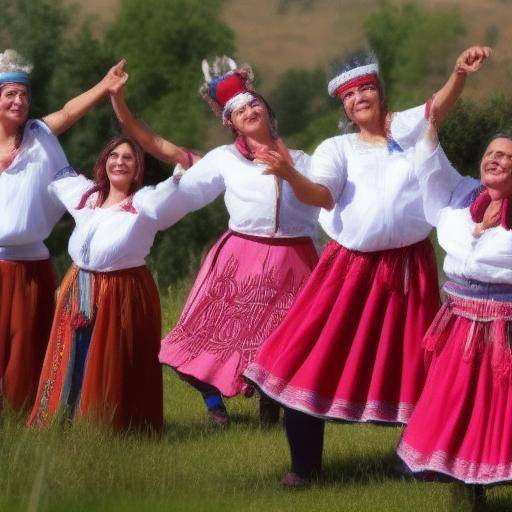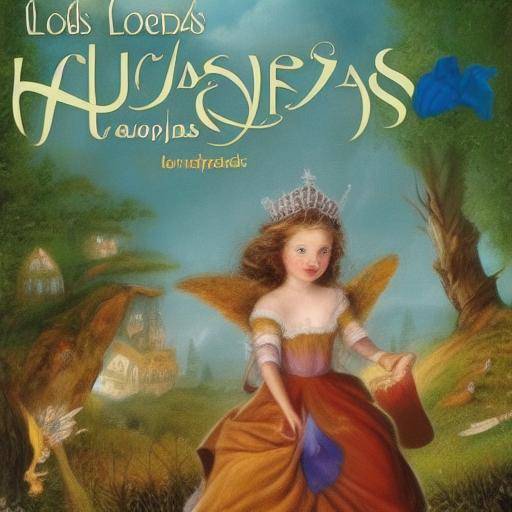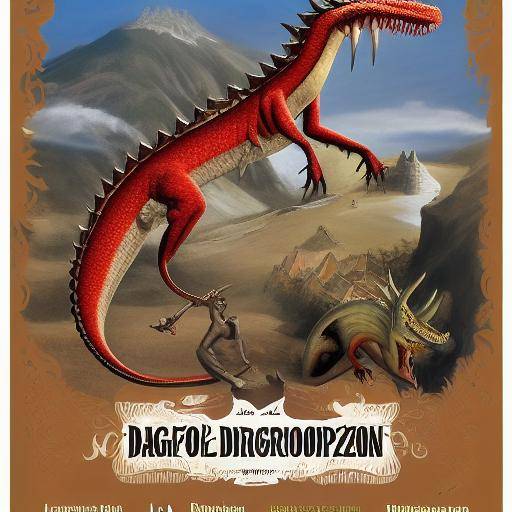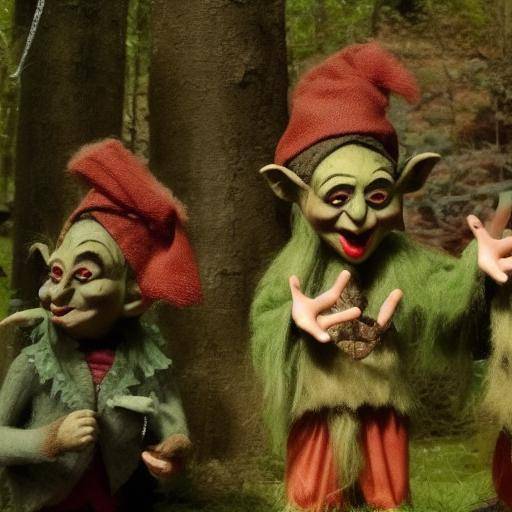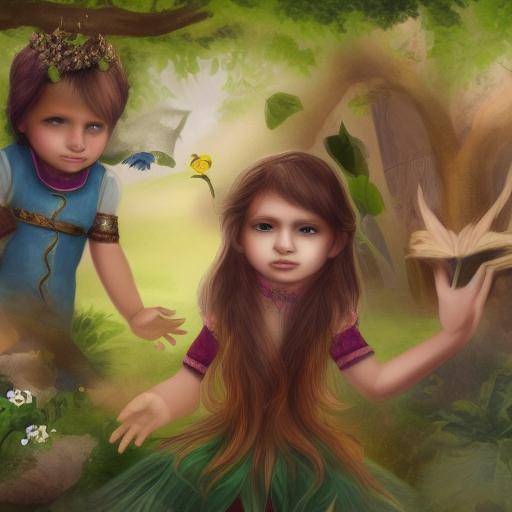
Introduction
In European folklore, there is a fascinating belief in "changelings" or "changed", children supposedly exchanged by fairies. This concept has endured throughout history, generating fascination and speculation. In this article, we will explore the myth of changelings from their roots in European folklore, their connection with historical explanations and contemporary interpretations that relate this myth to autism. In addition, we will provide an enriching vision that fulfills the purpose of informing and entertaining.
History and Background
The myth of the changelings has deep roots in the European folklore, taking place centuries ago. This concept emerged as an explanation for unexpected changes in a child's behavior or appearance. The stories tell that fairies kidnapped human babies and replaced them with one of their own. This story has been a significant part of European culture, persisting through generations and evolving over time.
Origins and Evolution
The myth of changelings has experienced various interpretations throughout history, adapting to the beliefs and circumstances of each time. The stories vary between different European regions, enriching with particular cultural nuances. The magical explanation of the "changed" was part of a context where mental illness or disability did not have a scientific justification.
Significado Histórico
Belief in changelings influenced the daily lives of European communities, affecting perceptions of child upbringing and health. The stories of changelings generated fear and distrust in families, giving rise to practices such as exorcismos or cruel treatments as attempts to reverse the supposed exchange. This reflects the profound cultural and psychological influence of the myth of changelings in European societies of the past.
Deep analysis
Connection with Autism
In more contemporary times, an interesting link between the myth of changelings and autism has emerged. Some interpretations suggest that the characteristics associated with autism, such as difficulty in communication and atypical behavior, could have been misinterpreted as evidence of a "changed" child. This perspective offers a new approach to understanding the interaction between traditional beliefs and scientific explanations around differences in child development.
Historical and Scientific Explanations
The evolution of scientific understanding has challenged the old perceptions of changelings. Progress in knowledge on child development and mental health has provided more informed explanations for atypical behaviour in children. These historical and scientific explanations offer a more understanding and empathic view of the experiences of children who, in the past, could have been stigmatized as "changelings".
Comprehensive review
Contemporary applications
Today, the myth of changelings continues to inspire literary, cinematographic and artistic works, finding new meanings in a modern context. The metaphor of changeling has been used to explore issues such as identity, acceptance and diversity, providing a way to reflect on the complexity of human experience.
Future Trends
As we move forward to the future, it is crucial to continue to examine traditional narratives such as those of changelings in terms of their impact on social perception and mental health. Awareness of differences in child development, including autism, is presented as a challenge that calls for open dialogue and deeper understanding, stemming from old interpretations based on superstition. Advancing towards a more inclusive and understanding society involves re-evaluating our entrenched perceptions and celebrating diversity in all its forms.
Comparative analysis
European folklore, autism and historical explanations are intertwined in a comparative analysis that reveals the complexities of human experience and the evolution of knowledge. Identifying how these areas overlap and divergen offers a rich understanding of the multiple layers that shape our beliefs and attitudes.
Practical Tips and Accessible Tips
For those interested in deepening this issue, the following practical advice can be considered:
- Explore contemporary literature that addresses the myth of changelings from an updated perspective.
- Participate in discussions and discussions related to autism and diversity in child development.
- Learn about the perspectives of different cultures around folklore and popular beliefs.
Industry Perspectives and Expert Reviews
Experts in folklore, psychology and autism offer valuable insights on the topics covered in this article. Their knowledge and experiences provide an enriching context that enriches our understanding and our approach to these complex and significant issues.
Case Studies and Real Life Applications
The detailed analysis of real cases in which ideas related to the myth of changelings, autism and historical explanations have been applied offers a practical insight on how these areas influence contemporary society. These cases illustrate the challenges, lessons learned and opportunities for growth.
Future Trends and Predictions
Looking forward allows us to see how understanding and acceptance of diversity in child development, as well as European folklore, will continue to evolve. Predictions based on current trends lead us to greater understanding and sensitivity in our interaction with these topics.
Conclusion
The myth of changelings, rooted in European folklore, has generated intrigues, artistic inspiration and, in the past, uncertainty about differences in child development. By linking it with autism and historical explanations, we are involved in a multidimensional dialogue that illustrates the richness of human experience. By reconsidering and challenging the deep-seated perceptions, we open the doors to a more inclusive and compassionate society.
If you want to continue exploring these fascinating themes, we invite you to stay connected with our community, where we will continue to address important questions and deep reflections on European folklore, autism and historical explanations.
Frequently asked questions
What is the origin of the myth of changelings?
The belief in changelings originated in European folklore, where it was argued that fairies kidnapped human babies and replaced them with one of their own.
How does the myth of changelings relate to autism?
Some interpretations suggest that the characteristics associated with autism could have been misinterpreted as evidence of a "changed" child, offering a new perspective on old beliefs.
What is the importance of understanding the historical explanations of the myth of changelings?
Understanding historical explanations allows us to reflect on the impact these beliefs had on everyday life, as well as on the perception of differences in child development.
How do traditional narratives influence the social perception of autism?
Traditional narratives, such as those of European folklore, can influence the social perception of autism by offering metaphors that affect the public understanding of diversity in child development.
What are some recommended resources to learn more about the myth of changelings and their relationship with autism?
Some recommended resources include academic books, contemporary case studies and literary works that address the issue from different perspectives, providing an enriching and multidisciplinary vision.
What challenges does modern society face when addressing the myth of changelings in relation to autism?
Modern society faces the challenge of reconciling the old beliefs rooted in European folklore with the scientific understanding of autism, promoting awareness and acceptance of diversity in child development.
Exploring these frequent questions provides a deeper insight into the complexity and relevance of the topics covered by this article, opening the way for a more complete understanding and greater empathy towards human diversity.
With this article, it is expected to have provided an enriching vision of the myth of changelings in the context of European folklore, autism and historical explanations, providing valuable information and meaningful perspectives.



